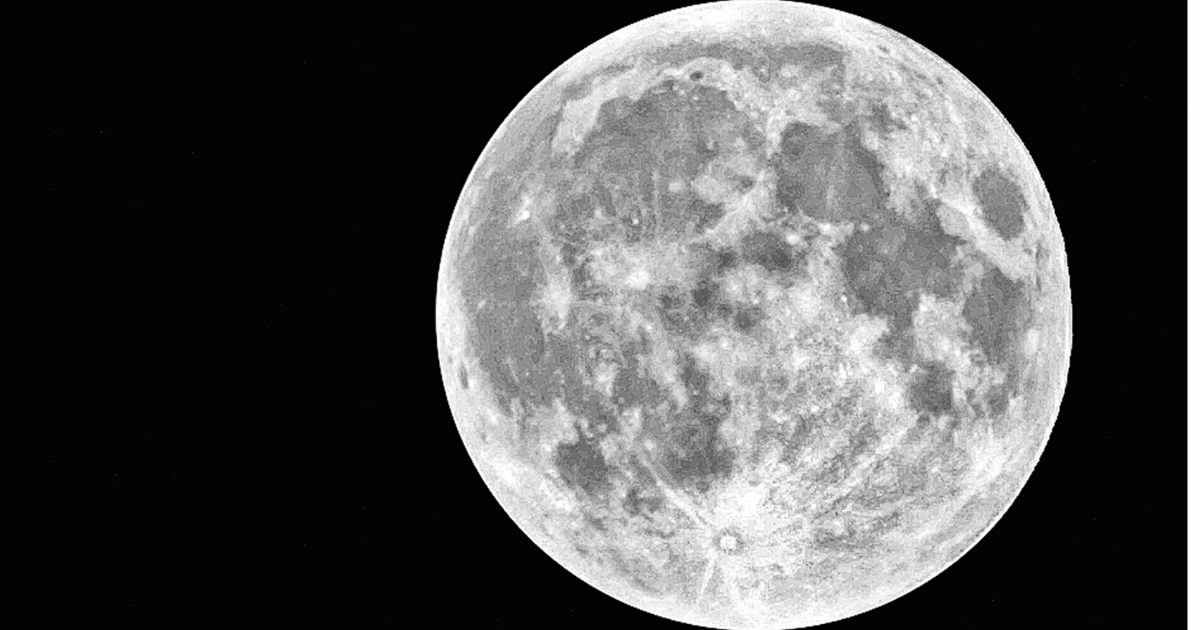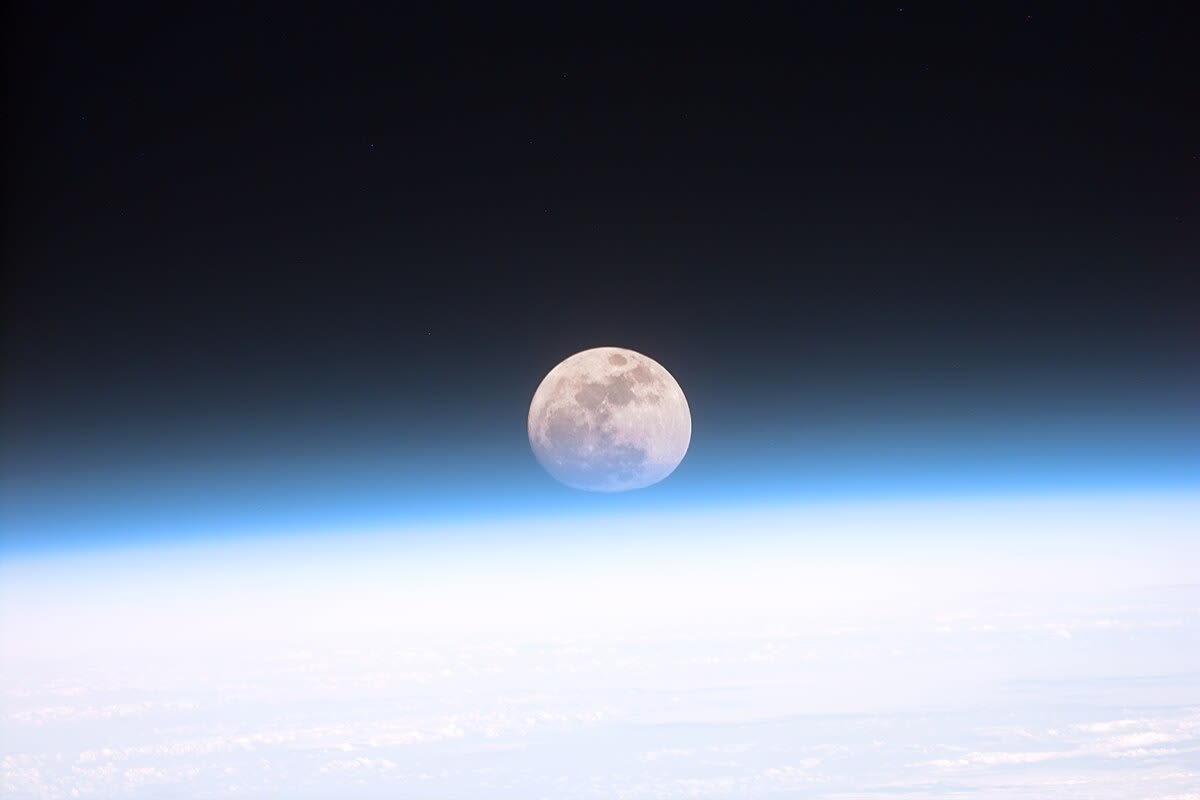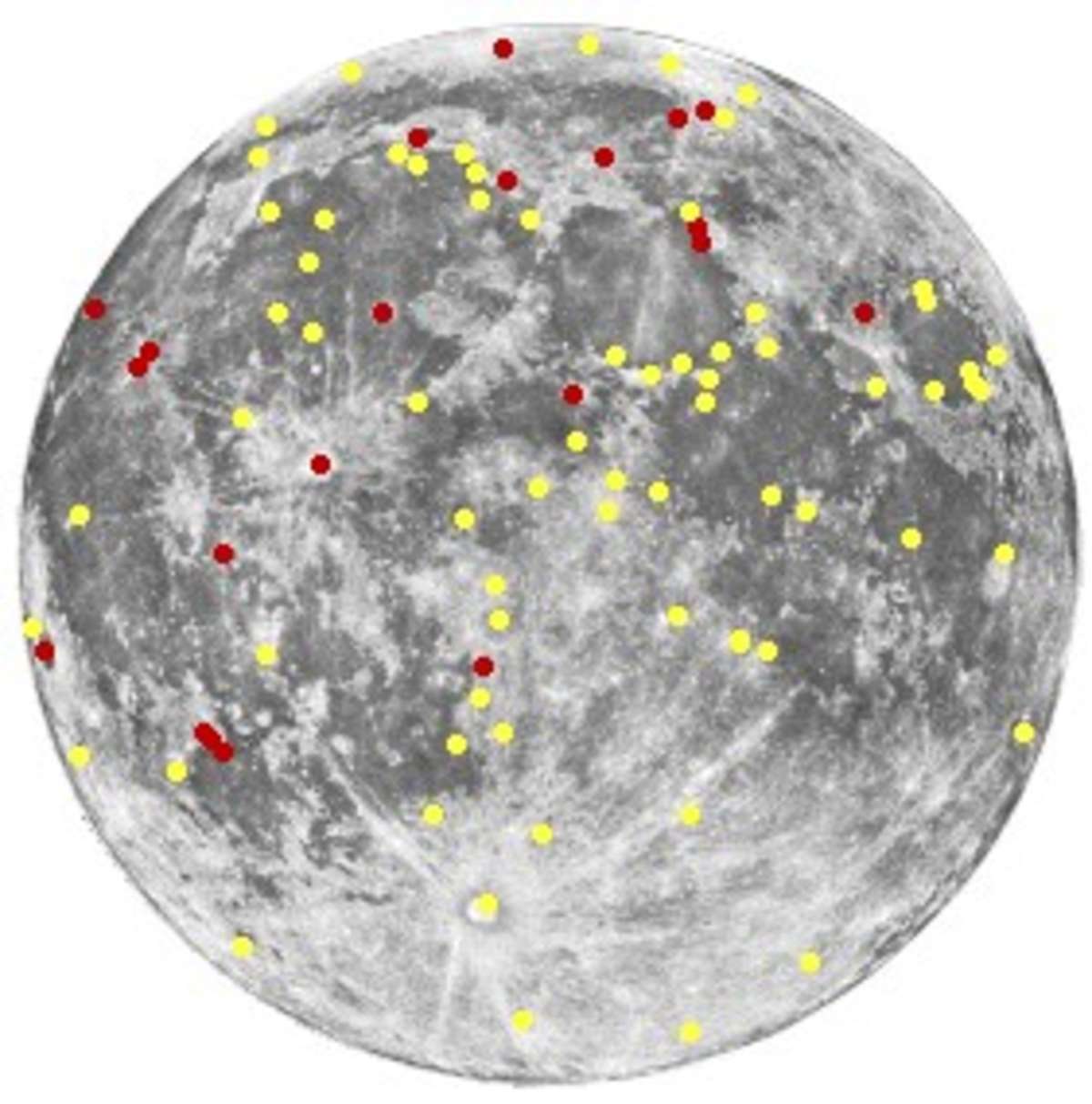Seeping Out of Gas or Collision by Rocks, Researchers Still Unsure What Causes Light Flashes on Moon

For years, specialists have observed multiple flashes of light on the Moon. Initially, many believed them to be illusions, but now most have concluded that they indeed are a reality, according to IFL Science. The flashes have been mentioned by humans since the medieval period. In 1178 CE, the English monk Gervase of Canterbury described the stunning phenomena in his writings. Researchers are still debating the reason behind these flashes. The most popular theory is that the flashes are a result of interactions that the Moon receives from outer space. These interactions could be in the form of collisions with objects like rocks and debris.

Transient Lunar Phenomena (TLP)
Sir Patrick Moore, a British amateur astronomer, has named these flashes Transient Lunar Phenomena (TLP). Throughout his decades-long observation, the astronomer detected many of these flashes. These flashes were not considered a real deal, but Sir Moore continued to persevere with his claim that they were authentic. In the 1950s and 60s, the flashes began to be seen as genuine events. Sir Moore claimed that these flashes were not similar in nature. Some were local obscurations, which supposedly hid surface details, while many others appeared colored to viewers from Earth. Mostly, the colored ones carried a red hue. Modern astronomers do not know the exact number of flashes that occur on the Moon, but believe that around eight flashes can happen in an hour.

Poorly Understood Phenomena
Despite technological advancements, TLPs are still poorly understood by experts, according to Columbia. Experts claim that in terms of durations, these flashes can last from a few seconds to hours, and in size, they can extend from a few miles to a hundred miles. This variance has caused people to describe these phenomena as mists, clouds, and even volcanoes. Despite large databases, some experts still think they can be illusions.
Researchers from Columbia University have rejected this claim, stating that even if there are some spurious reports, most claims are real events happening on the Moon. Several have been observed by astronauts as well as captured on photographs. To date, there have been no observations detailed enough to help astronomers understand the cause behind these random flashes. However, there are certain craters where they are more likely to occur.
Pathfinder Chronicles:
— PathfinderInitiative (@tpfinitiative) December 4, 2023
Unraveling the Mystery of Transient Lunar Phenomena: A Deeper Dive into Lunar Secrets
The moon, a celestial body so close to Earth and yet full of mysteries, has been a subject of human fascination since ancient times. Among its many enigmas, Transient… pic.twitter.com/fCecjhiqws
Causes of Transient Lunar Phenomena
Several theories have been proposed regarding the creation of these TLCs on the Moon. The two most popular ones are collisions with space objects and seeping out of gas. In the latter, experts claim that these flashes occur due to hazes of gas seeping out of the Moon's surface. This gas could be radon, according to experts and some recent examinations. Researchers speculate that when this gas interacts with sunlight, it appears to be glowing to viewers on Earth. Another proposition is that meteorites crashing on the lunar surface produce the glow. Since the Moon does not have a protective atmosphere, it receives many meteorites, which could explain the high number of flashes. Certain flashes could be explained by the collision theory, but several others do not align with this theory.